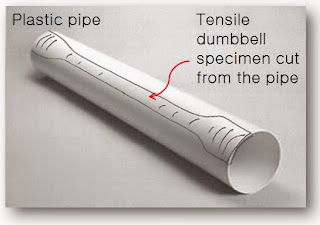New Generation Instrument an Improvement on Conventional Hardness Testing
A new generation of instrument has been added to our highly successful FH Series of hardness testers - the Micro Vickers, Vickers and Micro Brinell FH14
The machine has improved on conventional hardness testing methods, with the introduction of features such as digital/optical image evaluation and combined intuitive operator software, helping eliminate operator influence on final test results.
The incorporation of a unique force actuator system, which utilises an electronically controlled closed loop system and advanced force sensor technology, also allows for forced feedback data to achieve absolute accuracy, reliability and repeatability on each of the forces used for a specific test.
“In addition to the advanced electromechanical force application system, the FH-14 offers superior quality mechanical and optical components, as well as innovative software functions of I-Touch™ workflow control,” said Sean Malloy, Hardness Application Testing and Technical Specialist at Tinius Olsen.
“This allows file storing, test program setting and storing, limit settings, conversions to other hardness scales, system setup and convex and concave test settings that contribute to the high reproducibility of test results.”
“The instruments are easy to navigate through all the functionality, making it easy for an operator to learn the machine operating routine. Therefore training is simplified. There is also the ability to store results with pictures, which enables recall of those pictures for re-evaluation of the measuring process.” 
The FH14 is also designed to be incorporated within an automated system, which collects data from multiple machines performing tests simultaneously. This can be a combination of tensile, dimensional, hardness and flexure testing, with all samples being robot fed.
“The FH14 has a load range of 5gf to 2Kgf. They can do micro/macro Vickers, Knoop and by request the FH14 can do light force Brinell testing as well. It’s a marvellous combination of testing in one package,” continued Sean.
* Turret capable of housing up to 4 different objectives – 2 indenters
* Anti-collision technology within the turret to protect samples and the machine from inadvertent contact
* Easy operator navigation through all functionality that can be outfitted with 4 graduating levels of automation. This includes a motorised stage performing pattern testing with automatic results, without adding complicated functions to confuse the person performing the test.
* Ability to store results with pictures, recall and export to network storage giving the ability to backup and store results over a lengthy period of time
* The ability to view the indentation through a microscope and camera to scrutinise the measurement, with Dual optical paths allowing both functions to operate simultaneously




Comments